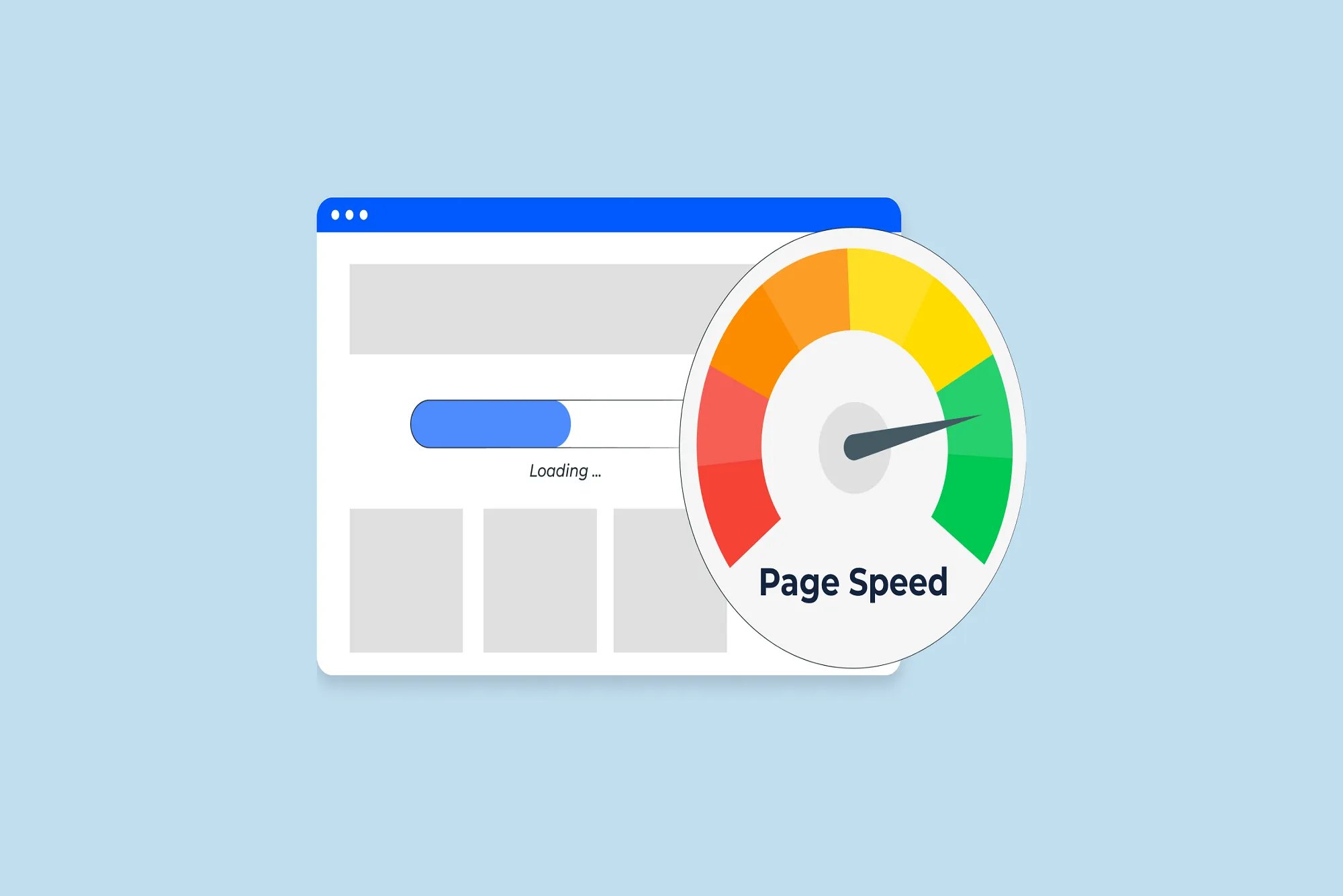Page speed plays a critical role in delivering a seamless user experience and achieving strong search rankings. With users expecting near-instant load times, optimizing your website’s speed for both desktop and mobile has become essential. However, the approach to speed optimization isn’t identical across devices. At O2, a leading digital agency in Dubai, we’re sharing this guide to help you understand the key differences in optimizing page speed for desktop and mobile, so you can create a smoother, faster experience for all users.
Why Page Speed Matters for Both Desktop and Mobile
Page speed directly affects user satisfaction, conversion rates, and SEO. When a website takes too long to load, users are more likely to leave, and Google also takes page speed into account as a ranking factor for both desktop and mobile searches.
That said, desktop and mobile users often experience websites differently. Desktop users typically expect high-quality images and animations, while mobile users prioritize quick, simple access due to data and screen limitations. For O2 and any other digital agency in Dubai, optimizing for both ensures clients’ websites meet the expectations of their audiences across all devices.
1. Network and Connection Differences
Desktop and mobile devices often connect through different network types, affecting how quickly content loads. Desktops are typically connected through stable, high-speed Wi-Fi or wired internet, whereas mobile devices rely on cellular networks like 4G or 5G, which can be slower and less reliable.
To optimize for mobile, we recommend minimizing data-heavy elements that can slow down the page on limited connections. Reducing image sizes, compressing files, and prioritizing above-the-fold content are essential steps to ensure smooth performance on slower networks. For desktop users, a few heavier elements might be acceptable since the connection is usually stronger.
2. Image Optimization
Images are a major factor in page load speed, and the way we optimize them varies for desktop and mobile. Desktop users typically benefit from higher-resolution images to make the most of larger screens, but on mobile, large images can hinder speed and consume more data.
Here’s our approach to image optimization for different devices:
- Use Responsive Images: Implementing responsive images allows the browser to select the appropriate image size based on the user’s device. This way, desktop users can enjoy high-resolution images, while mobile users load smaller, faster images.
- Consider Lazy Loading: Lazy loading delays loading images that aren’t immediately visible, reducing initial load times. This technique is especially useful for long pages with numerous images.
At O2, we find that combining responsive images with lazy loading keeps both desktop and mobile versions visually appealing while maintaining fast load times.
3. JavaScript and Animation Optimization
JavaScript can add valuable interactivity to a website, but excessive scripts can slow it down, especially on mobile. Desktops often have more powerful processors, meaning they can handle heavier JavaScript without major slowdowns. Mobile devices, however, may struggle with complex animations or excessive JavaScript.
Our recommended approach is to:
- Minimize JavaScript Usage: Use only essential JavaScript functions and scripts, especially for mobile users. Consider deferring non-essential JavaScript to improve load times.
- Reduce Animation Complexity: Complex animations may look impressive on desktop but can impact mobile performance. Consider simplifying or disabling certain animations for mobile to improve speed and performance.
By carefully optimizing JavaScript and animations, we ensure that both desktop and mobile users enjoy a smooth experience without sacrificing interactivity.
4. CSS Optimization and Code Minification

Reducing CSS file size and eliminating unnecessary code helps improve page speed across both desktop and mobile. While CSS impacts both platforms, mobile users are particularly sensitive to any additional weight that slows loading.
Our strategies for CSS optimization include:
- Minifying CSS: Minification removes extra spaces, comments, and other non-essential code from CSS files, reducing file size and improving load time.
- Using Critical CSS: Critical CSS involves loading only the essential CSS needed for above-the-fold content first, allowing the initial content to appear quickly while the rest of the CSS loads in the background.
By implementing these practices, we at O2 help ensure that sites load fast on mobile and desktop while maintaining a clean, professional look.
5. Caching and Content Delivery Networks (CDNs)
Caching stores static files on users’ devices, so they don’t have to reload them each time they visit the site. CDNs distribute content across multiple servers worldwide, delivering content from the closest server to the user for faster loading.
For mobile and desktop alike, we recommend:
- Enabling Browser Caching: Caching elements like images, CSS, and JavaScript can significantly reduce load times for repeat visitors.
- Using a CDN: CDNs reduce the load on the main server by serving content from a server closest to the user’s location, ensuring faster load times regardless of the device.
Implementing these techniques helps provide a faster, more consistent experience for both desktop and mobile users, and is something we prioritize for our clients at O2, a leading digital agency in Dubai.
6. Mobile-Specific Considerations
Since mobile devices have additional constraints like smaller screens and slower connections, there are a few mobile-specific optimizations to consider:
- Optimize Touch Elements: Ensure that buttons and links are appropriately sized for touch interactions, making it easier for users to navigate on mobile.
- Reduce Redirects: Each redirect adds time to the loading process, so limiting redirects is essential for improving speed on mobile.
While many of these techniques benefit desktop and mobile alike, these mobile-specific considerations help further improve the user experience for mobile audiences.
Conclusion
Optimizing page speed for both desktop and mobile requires unique approaches that cater to the strengths and limitations of each platform. From adjusting images and animations to leveraging CDNs and caching, these strategies help create a fast, user-friendly experience across devices.
At O2, a leading digital agency in Dubai, we believe that a thoughtful, tailored approach to page speed optimization is essential for delivering websites that perform smoothly, engage users, and rank well on search engines. By focusing on specific techniques for desktop and mobile, we help our clients achieve an ideal balance between speed and user experience, ensuring their sites meet the expectations of today’s audiences.



